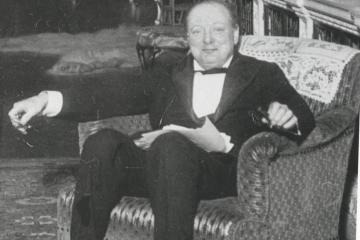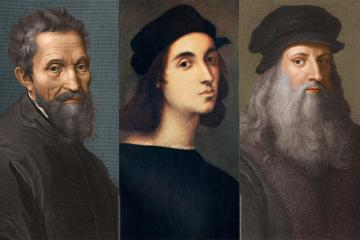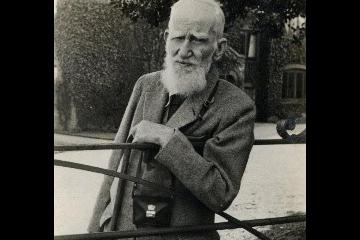Explore the 13th Earl of Derby’s legacy as art collector, natural historian, and Edward Lear’s patron at Knowsley Hall.
EVENTS AND LECTURES
Society events open to members, some guest tickets may be available. Please contact the Society for more information
NORTH WEST
15 Oct 2025 - 09:30
Knowlsey Hall, Prescot
Merseyside, United Kingdom, L34 4AJ
Merseyside, United Kingdom, L34 4AJ
Online Event
Society
Mr Andrew Davies
Beverley
15 Oct 2025 - 10:30
Lazaat Hotel, Woodhill Way,
Cottingham, East Riding of Yorkshire, United Kingdom, HU16 5SX
Cottingham, East Riding of Yorkshire, United Kingdom, HU16 5SX
Online Event
Exploring the story of our war memorials, our largest collection of public art.
Society
Mr Christopher Garibaldi
Welwyn Garden
15 Oct 2025 - 10:30
Hawthorne Theatre
Campus West, Welwyn Garden City, United Kingdom, AL8 6BX
Campus West, Welwyn Garden City, United Kingdom, AL8 6BX
Online Event
This lecture by Christopher Garibaldi will explore the equestrian studies of Leonardo da Vinci
Society
Mrs Antonia Keaney
Burghley
15 Oct 2025 - 10:45
The Ballroom, Stamford Arts Centre
27 St. Mary's Street, Stamford, United Kingdom, PE9 2DL
27 St. Mary's Street, Stamford, United Kingdom, PE9 2DL
Online Event
Society
Mr Charlie Hall
Wensum
15 Oct 2025 - 11:00
Assembly House
Theatre Street, Norwich, United Kingdom, NR2 1RQ
Theatre Street, Norwich, United Kingdom, NR2 1RQ
Online Event
Renaissance Rivals. Leonardo, Michelangelo and Raphael provided the fuel that drove the Italian Renaissance.
Society
Maureen Beary Ryan
Northern Ireland
15 Oct 2025 - 14:00
Malone Presbyterian Church
452 Lisburn Road, Belfast, United Kingdom, BT9 6GT
452 Lisburn Road, Belfast, United Kingdom, BT9 6GT
Online Event
Doors open 1.30pm. Lecture starts 2.00pm






